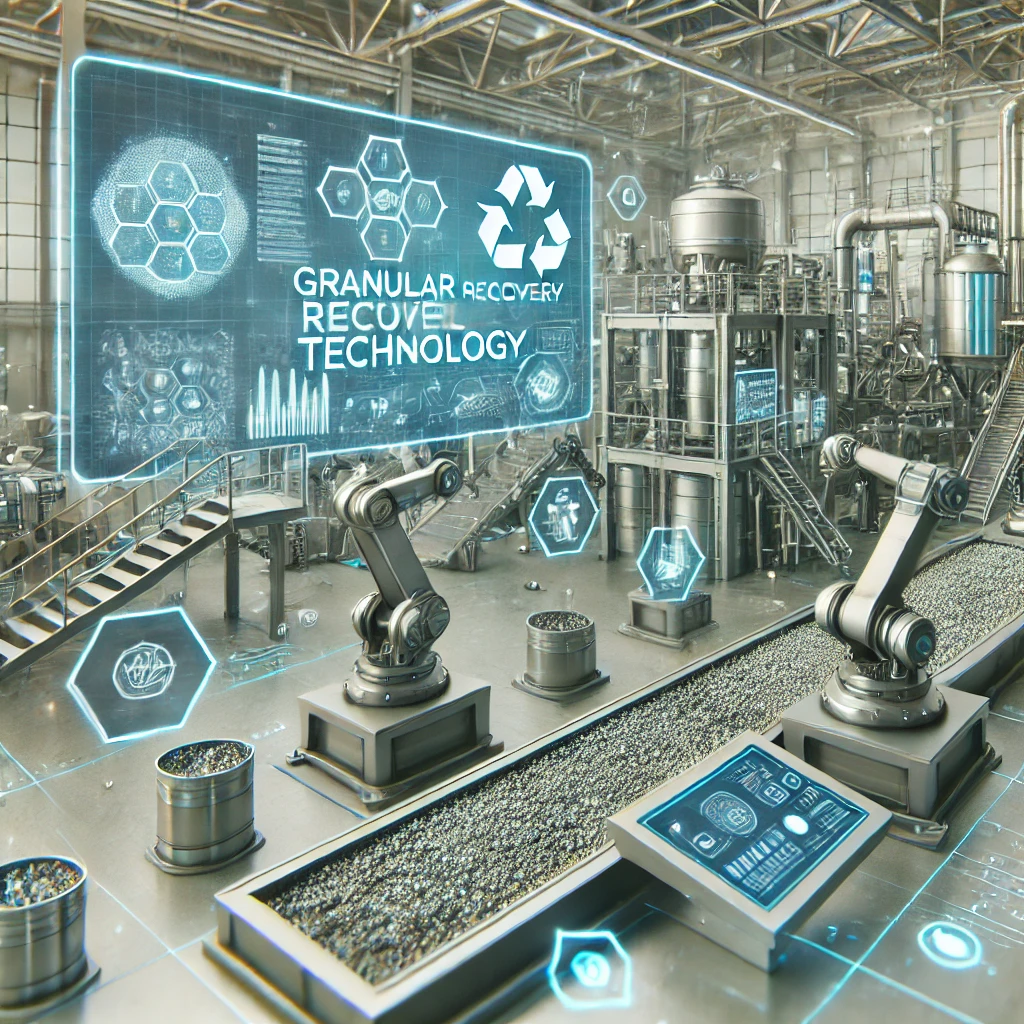Granular Recovery Technology (GRT) is an innovative solution transforming the waste management and resource recovery sectors. This advanced technology focuses on the efficient extraction and reuse of granular materials from waste, offering significant environmental and economic benefits. In this article, we delve into the intricacies of Granular Recovery Technology, exploring its mechanisms, applications, and advantages, while also interlinking with related technologies such as Atomization Technology and Innovative Technologies to provide a comprehensive understanding.
What is Granular Recovery Technology?
Granular Recovery Technology involves processes designed to recover valuable granular materials from waste streams. These materials, often found in construction debris, industrial by-products, and municipal waste, can be repurposed for various applications, reducing the need for virgin resources and minimizing landfill use.
How Does Granular Recovery Technology Work?
The process typically involves several key steps:
-
Collection and Sorting:
Waste materials are collected and sorted to identify granular components such as sand, gravel, and crushed stone.
-
Separation and Purification:
Advanced separation techniques, including sieving, flotation, and magnetic separation, are used to isolate granular materials from other waste components.
-
Processing and Refining:
The recovered granular materials undergo refining processes to enhance their quality and prepare them for reuse.
Applications of Granular Recovery Technology:
GRT is applicable across various industries, providing sustainable solutions for waste management and resource recovery:
-
Construction:
Recovered granular materials can be used in construction projects, reducing the demand for new aggregates and lowering construction costs.
-
Manufacturing:
Industrial processes can incorporate these materials as raw inputs, promoting circular economy practices.
-
Environmental Remediation:
GRT can assist in soil remediation efforts, improving soil quality and reducing contamination.
Benefits of Granular Recovery Technology:
Granular Recovery Technology offers numerous benefits, including:
-
Environmental Impact:
By reducing the need for virgin resources and minimizing landfill waste, GRT significantly lowers the environmental footprint of various industries.
-
Economic Efficiency:
Reusing recovered materials can lead to substantial cost savings in production and construction.
-
Resource Conservation:
GRT promotes the sustainable use of resources, aligning with global efforts to preserve natural habitats and biodiversity.
Atomization Technology:
Atomization Technology plays a crucial role in the refinement process of granular recovery. Highlight For instance, Atomization Technology can be employed to further purify recovered granular materials by converting them into finer particles, enhancing their quality and usability in high-precision applications. To learn more about the mechanisms and benefits of this technology, refer to our detailed article on Atomization Technology.
Innovative Technologies:
The integration of Granular Recovery Technology with other Highlight Innovative Technologies is essential for advancing waste management practices. Innovations such as advanced sorting algorithms, AI-driven separation systems, and sustainable processing methods contribute to the efficiency and effectiveness of GRT. For a broader perspective on how these innovations are shaping various industries, explore our comprehensive article on Innovative Technologies.
Practical Tips for Implementing Granular Recovery Technology:
-
Conduct a Waste Audit:
Assess the types and volumes of waste generated to determine the feasibility and potential benefits of implementing GRT.
-
Invest in Advanced Equipment:
Utilize state-of-the-art separation and processing equipment to maximize the recovery and quality of granular materials.
-
Collaborate with Experts:
Engage with industry experts and technology providers to tailor GRT solutions to your specific needs.
-
Monitor and Optimize:
Continuously monitor the performance of GRT processes and make adjustments to improve efficiency and output quality.
Conclusion:
Granular Recovery Technology represents a significant leap forward in waste management and resource recovery. By efficiently extracting and repurposing granular materials from waste streams, GRT not only supports environmental sustainability but also offers economic advantages for various industries. As we continue to innovate and integrate advanced technologies, the potential for GRT to transform our approach to waste and resource management becomes increasingly apparent



